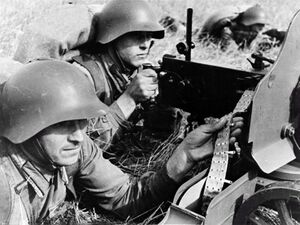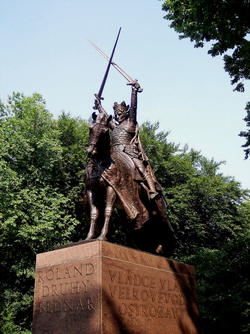User:Moldyvan/Sandbox4
History
Early history
Settlement of the territory of modern Ostrozava began in the Paleolithic era; sites in northeastern Ostrozava form a continuum with <CIVILIZATION> sites found in Ludvosiya, Velikoslavia, and Zamorodna, which showcase a gradual increase in complexity, including the earliest known evidence of salt mining in Belisaria. The initial peoples inhabiting Ostrozava included the Valenii
Medieval Period
Eastern Renaissance
Declension and Velikoslavian Suzerainity
Vykopal Era & Thirty Years War
Growing Unrest
Rioting and strikes of minor industries intensified over the next half-decade; in 1905 the Empire of Transkarminia formally abolished serfdom, being one of the last states in Belisaria to commit to the policy. The abolition of serfdom sent hundreds of former serfs flooding into the cities, creating a homelessness crisis amid the winter of 1905-06, which saw over 2,500 dead of hypothermia. The Black Winter of 1906, named for the frostbitten former serfs' blackened features, would see blame laid at the feet of the Vykopal dynasty.Utrătenia
Crimson Revolution & First Compact
Rytieriroz and Growing Regional Tensions
Containment War & Socialist Consolidation
Second Compact and Great Republican War

The Correction
Third Compact






